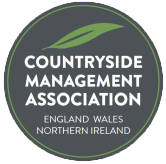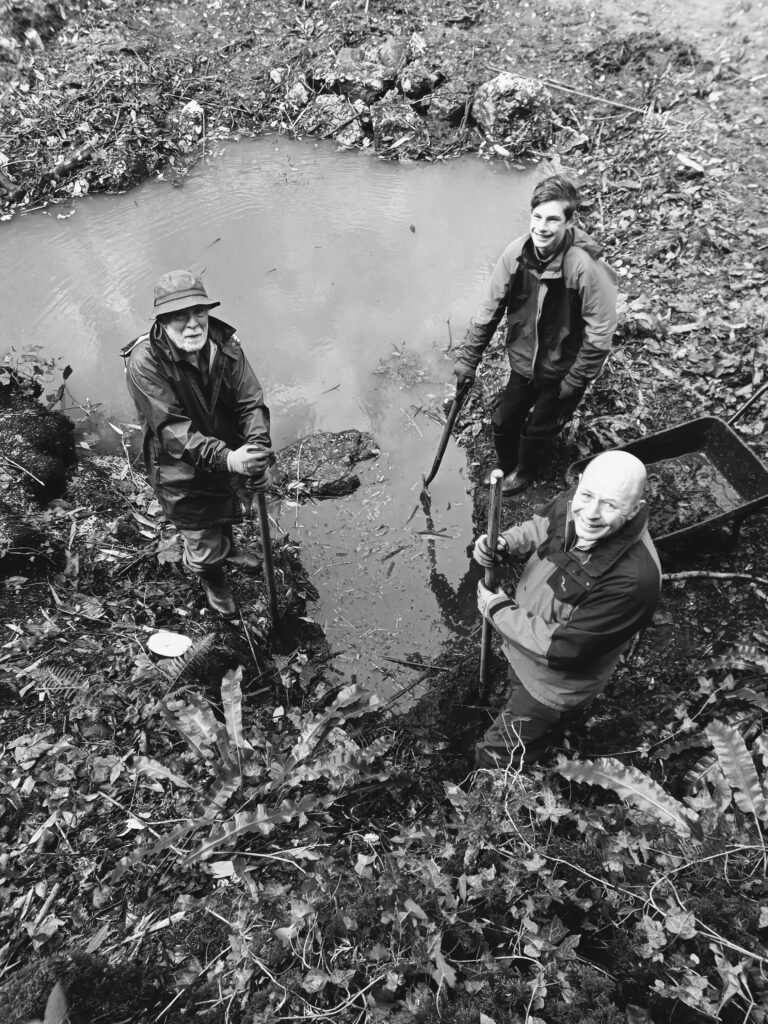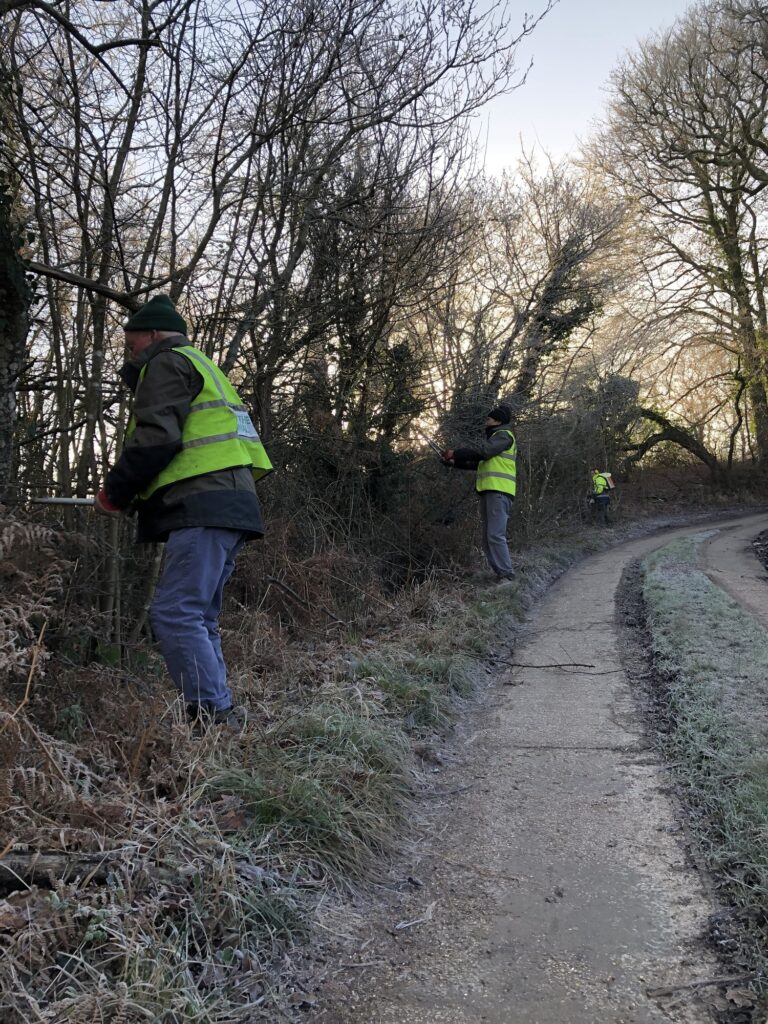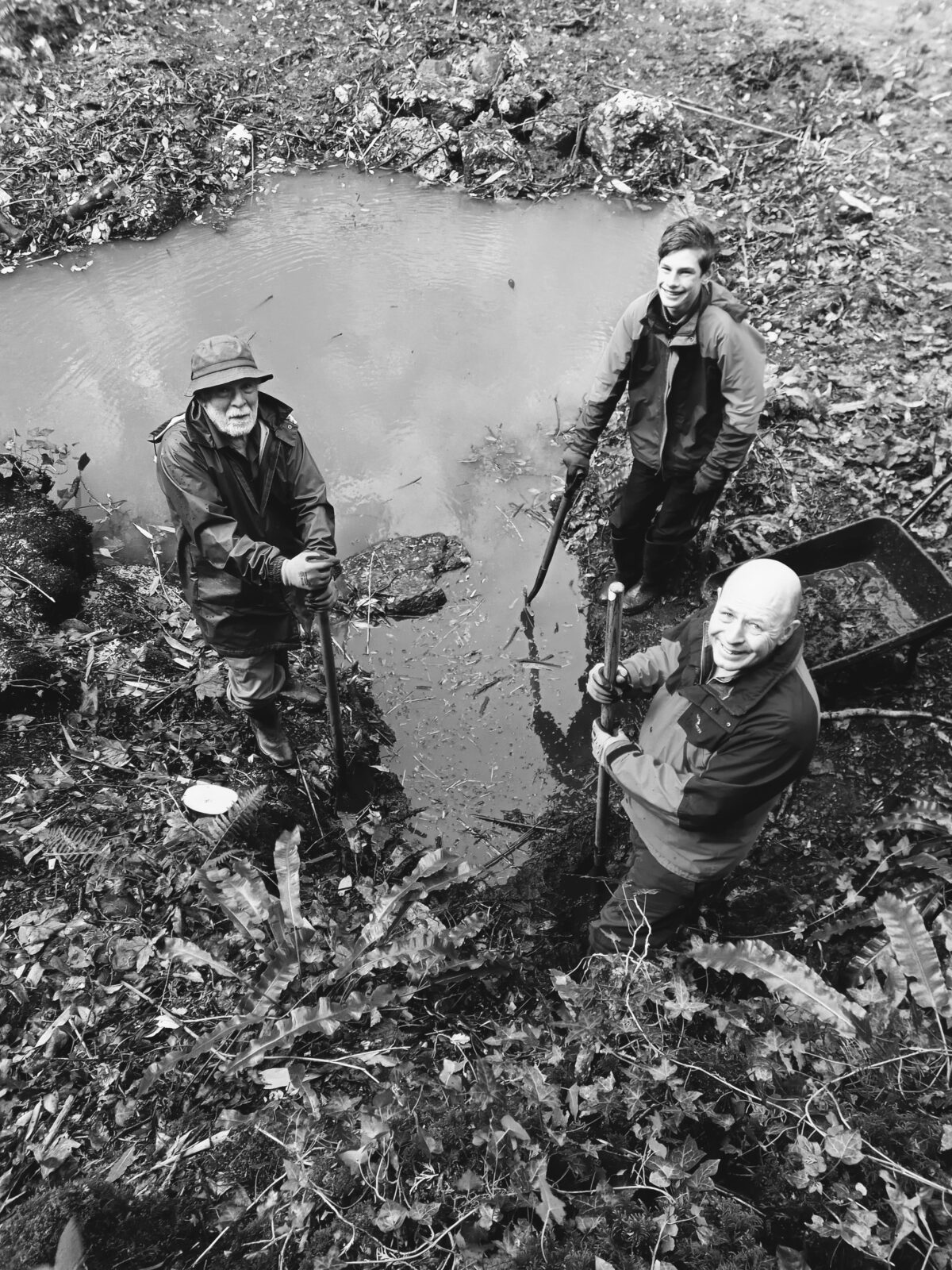 Countryside Management Association (CMA) is the largest organisation in England, Wales and Northern Ireland that supports the work of conservation, access and recreation professionals in the natural greenspace and countryside sector. They also have close ties to the Scottish Countryside Rangers Association (SCRA), Scotland’s own association.
Countryside Management Association (CMA) is the largest organisation in England, Wales and Northern Ireland that supports the work of conservation, access and recreation professionals in the natural greenspace and countryside sector. They also have close ties to the Scottish Countryside Rangers Association (SCRA), Scotland’s own association.
Through networking, training and continuing professional development, CMA supports and champions the development of staff, students and volunteers that are involved in the management, interpretation and public enjoyment of natural greenspaces and the countryside. They promote the value and importance of these areas and their management to the general public, government and other organisations, while also providing organisations who are involved in management with helpful and relevant information.
Last year, the CMA ran a photo competition celebrating the work of professionals in the field and shared inspirational photos of staff and volunteers undertaking work to protect, enhance and interpret these important areas. Participants were encouraged to submit images of work involving anything from habitat management, estate work, and wildlife survey and monitoring to leading events and school visits, and engaging with visitors and volunteers. The competition ran from May 2021 to 7th January 2022. We teamed up with CMA to offer some fantastic prizes: a £100 voucher for first prize and £50 vouchers for two runners-up.
Results

The winning entry was taken by Robert Ballard, a ranger at Stover Country Park near Newton Abbot in Devon. His black and white image is a portrait of several volunteers undertaking some pond maintenance. Ponds and lakes are important habitats, supporting a wide range of species. Maintaining and enhancing them has a number of ecological benefits, including increasing wildlife diversity, improving water quality, reducing pond edge or lake shoreline erosion and creating better habitats for aquatic species.

First runner up was Jo Maddox’s image of conservation work with a city background. CMA liked this image as they are currently seeking to promote and represent greater diversity in their membership, and to highlight urban greenspace management in particular. Urban green spaces, such as gardens, parks and woodlands, provide a vital habitat for wildlife, as well as numerous benefits to people living in urban areas. The management of these areas can help to improve and maintain ecosystem health and biodiversity.

Second runner up was Aam Hersey’s socially distanced hedge workers, which CMA thought was of the moment. Hedgerows are dynamic and invaluable habitats, providing food, shelter and breeding sites for species such as yellowhammers, great tits and dunnocks. Hedgerows are made up of a wide range of flora groups, often thought as different layers, including the shrub layer, tree layer, base, margin and ditch. Woody species like hawthorn, blackthorn and hazel make up the tree layer. Smaller woody species, shrubs and climbers, for example bramble, honeysuckle and ivy, are part of the shrub layer, which can also include young trees. The base, margin or ditch parts of a hedgerow can be bare ground, grass or be occupied by wildflowers such as herb robert, wood sage and red campion or thick herbaceous vegetation like cow parsley and common hogweed. Each of these components can support different wildlife, therefore hedgerow management is vital to maintain and promote this biodiversity.
Countryside Management Association
For more information on Countryside Management Assocation, please visit https://countrysidemanagement.org.uk/. Here you will find information on membership, training and events.

